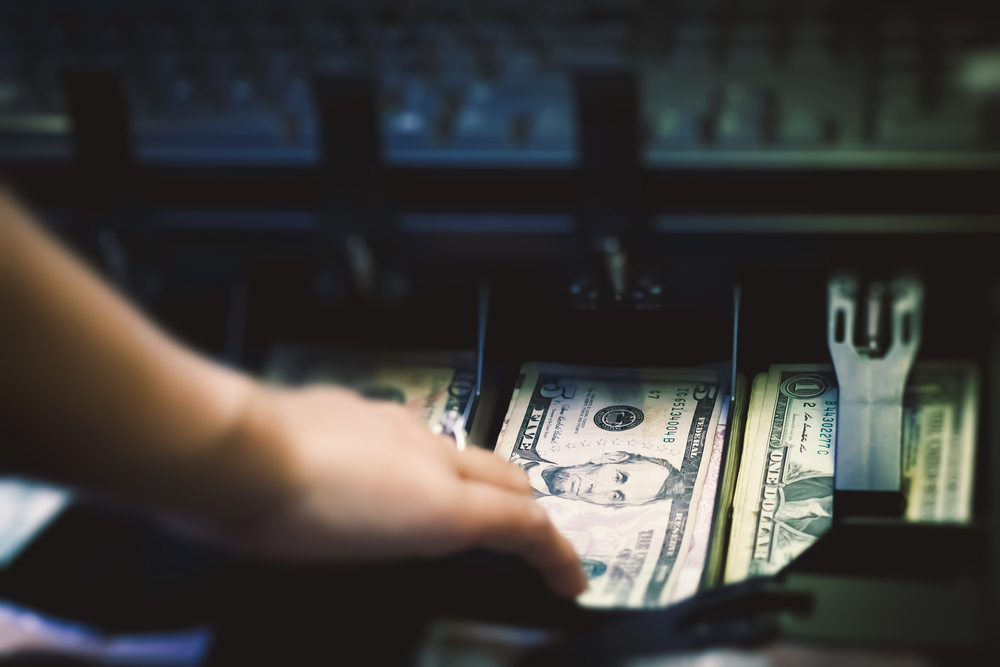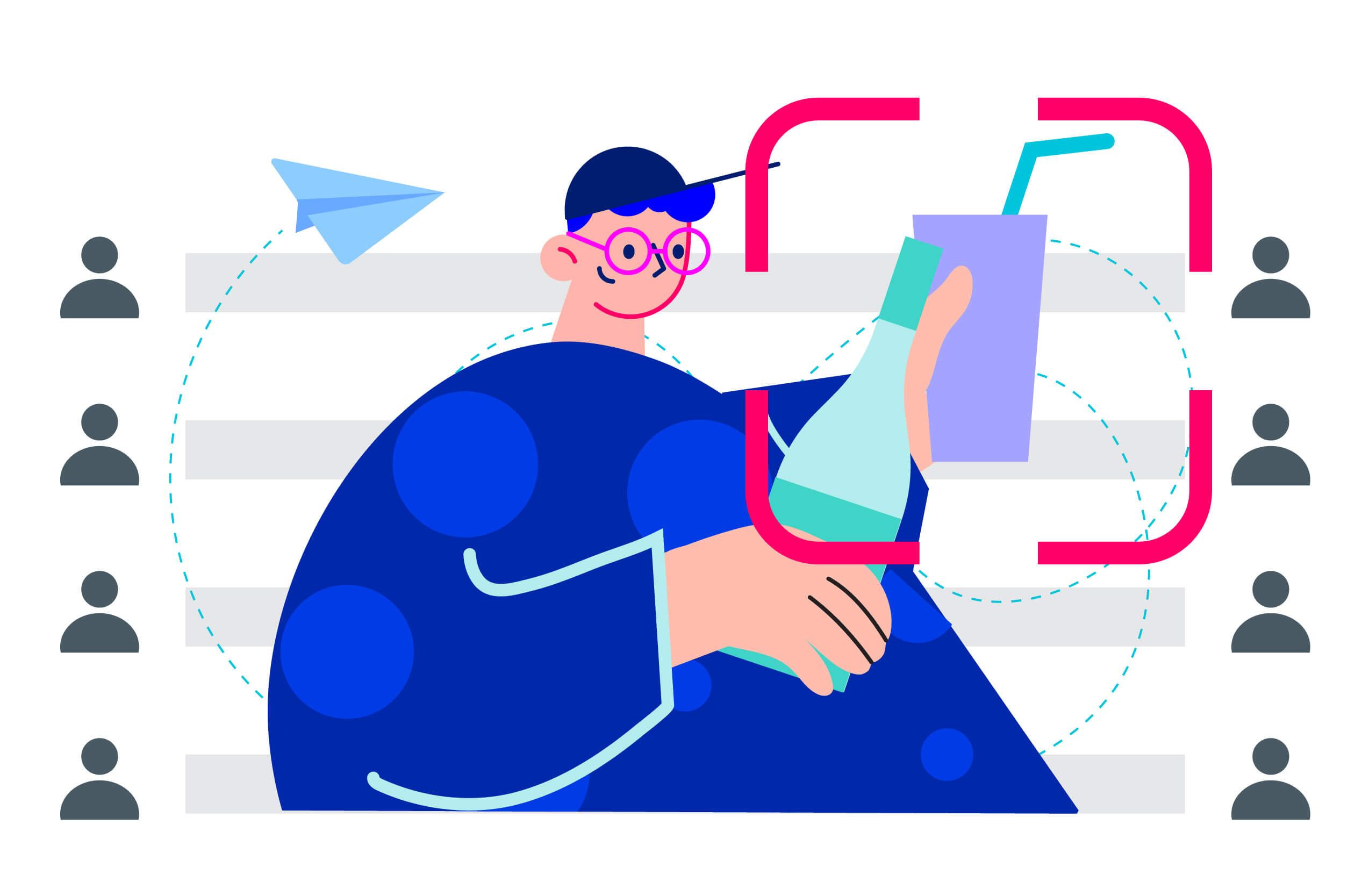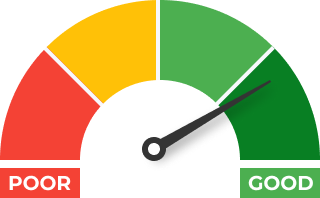Managing finances may seem pretty straightforward, but it’s not as easy as it sounds.
There are many different elements a manager needs to account for before concluding a shift and submitting a daily report.
If you’re struggling to figure out how to balance a cash register, don’t worry, we have a couple of tips and tricks to share to make it a bit easier to comprehend.
That said, it’s important to point out that every restaurant has a slightly different way of doing things, including balancing their cash drawer. Keep in mind that the points we’ve made can and will differ depending on your establishment.
Nevertheless, it’s still a good thing to have a general idea of this topic. That’s why, in this article, we’ll tell you everything you need to know about balancing a cash register in your restaurant.
Cash Drawer: the Basics
‘Balancing a cash drawer’ refers to accounting for all incoming transactions processed during the shift.
However, that includes not only cash transactions but also credit cards and tips. As a manager, you have to make sure that the tips have been distributed equally.
On top of that, you have to make sure that the cash register is completely balanced, with no extra money or missing funds. If the money doesn’t match what you have on your records, then that means that an error has been made during the balancing, and you have to start over again.
How Often Should One Balance the Cash Drawer?
It is highly recommended that you balance a cash drawer after every shift.
This isn’t really a hard-written rule, so you’re free to do it as often or as seldom as you’d like. For instance, some businesses do it every other day while others do it weekly.
However, a daily checkup is strongly recommended for several reasons. The most important one is that it allows you to make corrections faster in case something doesn’t add up.
Correcting something that happened a week ago is much more tedious and complicated because you have to include and check every skipped day individually to find the error. Balancing daily dramatically reduces the hassle of tracking down particular discrepancies.
How Can You Balance a Cash Drawer?
While it entirely depends on how your POS is configured, balancing shouldn’t be a complex task. In case your POS is configured like the vast majority of others, it should have all the necessary information you need to close the shift properly.
Here are four steps that you should implement when balancing a cash drawer.
1. Get a Complete POS Report
Your bar or restaurant’s point of sale (POS) system can deliver POS reports, which contain all of the transactions that occurred throughout the day. It also serves as the first step in your balancing process.
A typical POS report includes all of your transactions by line items, separated by categories such as checks, credit cards, and cash transactions.
This report is critical to your balancing because your POS doesn’t make any errors, as long as your cashier has been inputting the correct data. After all, mistakes in your POS report are almost always caused by human error rather than the machine itself.
2. Count Your Cash on Hand
Your cash on hand is the amount of money that your drawer contained when you started balancing. This is one of your primary bases for balancing: if the cash you have in your drawer matches with the cash on your POS tally, then your accounts are likely balanced.
You begin this process by physically counting the cash in your drawer.
If you operate in a large capacity and have a lot of bills to count, consider investing in a counting machine. This will make short work of a stack of accounts without the frustrating human error that could lead you to re-do the entire thing.
After you’ve counted the cash, count all other “inputs.” This includes checks, credit card receipts, coupons, discount codes, and other transactions.
Finally, add your standing cash balance, or the amount of money that you started the day with.
Compare the total amount to the POS reports. Do they match? If they do, then congratulations – you can end the process at this step since you’ve now successfully balanced your cash drawer.
3. Sort Out Record Discrepancies
Most of the time, balancing your cash drawer won’t be that easy. Mistakes are likely to happen along the way, causing imbalances that will leave you scratching your heads.
If the total amount on your POS report still doesn’t match the amount in your cash register, then it’s time to take the next step: sorting out record discrepancies.
Don’t worry, though, these things happen all the time! Discrepancies commonly occur when you’re at your peak hours, when you’re training new staff to the cashier, or when you’re facing management problems.
However, there are steps in ironing out overages and shortages. Before that, though, here are two important terms that you should familiarize yourself with first.
- Overages. When the amount of cash in your drawer is more than what your POS says you should have,
- Shortages. When the cash amount in your drawer is less than what your POS says you should have.
If you see any overages or shortages in your cash drawer, just follow these steps.
- Recount. This seems like a no-brainer, but the first thing you should do is go through everything again. Most problems are simply caused by human errors in counting or recording.
- Review. Check all your accounts and ensure that every receipt, coupon, discount code, etc., are accounted for.
- Re-examine. Consult your POS system and go through all the logs there. Ensure that there isn’t anything suspicious, such as frequently voided checks.
- Record. If you can’t trace a cash discrepancy, simply take note of the incident and document the discrepancy on your P&L [profit and loss statement].
4. Record All Your Transactions
Once you’ve tallied and matched all the items between your POS and your physical records, you should then document the day’s transactions in your books.
When doing so, be sure to include your beginning balance in your records. This is how much money you started the day with. Also, don’t neglect to count other forms of transactions aside from cash, such as:
- Checks
- Coupons
- Store credit
- Credit
- Credit cards, etc.
If there were discrepancies that you couldn’t find the answer to, account for them in a separate column in your books for documentation purposes.
Best Practices When Balancing Drawers
Although balancing your cash registers might sound complicated, it doesn’t have to be. Most things that make it a hassle have something to do with human errors and bad practices.
To avoid these tricky situations, here is a list of best practices that you can follow when balancing your drawers.
1. Assign Only One Employee Per Register
Limiting access is one of the best ways to encourage better accountability in your bar or restaurant. The fewer people access your register, the safer your transactions will be because they’ll be directly responsible for that register.
The same principle also applies to positions like your cash drawer manager. Again, when it comes to sensitive and critical resources like your cash register, the fewer the access, the better.
2. Delegate Tasks to Multiple People
While you should limit the number of employees with access to your cash drawer, you should double up on the number of people reviewing it. Delegate various parts of the balancing process to multiple employees.
For example, one will record all the receipts, cross the receipts and the POS, sign off and act as a witness.
This is to ensure that no one person has unanimous control over a cash drawer, making it harder to fabricate or smudge reports. Delegating tasks when balancing your drawer encourages better accountability, as well.
3. Use Your POS Sales Reports
If your bar or restaurant isn’t using a POS system yet, you’re playing a losing game. You need the administrative power and accuracy that a sound POS system will grant your restaurant or bar operations if you want to scale up.
However, even for those who already have a POS system, some may still not use the Sales Reports feature, preferring to rely on legacy systems.
This is a huge mistake. A POS sales report is integrated into the software you use to verify purchases, making it easier to record all kinds of transactions. With a good POS, you can keep complete track of almost everything passing through your cash register.
Aside from allowing you to balance your accounts better, sales reports can also give you a quick glimpse into your daily cash flow.
4. Enact a Safe Deposit Policy
Your drawer will naturally accumulate more cash as the day goes by, which could be a potential problem for your employees. The messier your cash drawer is, the more likely a mistake will be made.
A deposit policy will tell your employees when to deposit money to a safe or strongbox.
Your safe deposit policy could detail what hours of the day your employees should deposit money to the safe. For example, you can tell them to deposit only when the register is full, or to deposit tiny amounts throughout the day.
This way, you can prevent a disorganized register even before it happens.
5. Note Repeated Suspicious Incidents
While discrepancies in your account can simply result from human error, you might have an act of employee theft in your hand if it happens too regularly.
Watch out for patterns in the inconsistencies. Keep note of details such as the amount, the employee in charge of the money, when it happens, how often, etc. Make sure to employ loss prevention techniques in order to prevent such instances from happening in the future.
6. Keep Enough Cash for Tips
With customers increasingly paying with credit cards, you might lack cash when paying your staff their tips for the day. Always keep enough money in your drawer to be able to pay tips. You can do this by separating a certain amount during your regular deposits.
If it can’t be avoided, you can issue a signed document or IOU for their tips to keep your register at operating capacity for the moment.
Balancing a Cash Register The Right Way
Your bar or restaurant’s cash register is your establishment’s lifeblood. From here, resources flow in and out in sales and payments. Without proper accounting, your restaurant could be bleeding even without your knowledge.
Thus, you need to have the proper balancing practices down pat. This article discussed the process of register balancing and even some best practices that you can follow.
Another thing that you can use to improve your register security is a good surveillance system and automated bar-auditing software, like Glimpse. Glimpse uses video and POS information to verify drinks served and tally to the sales entered into the POS, so that you can make sure that you’re always on top of things.
Does this sound exactly like what you need? Sign up for a demo now!









 +1 (786) 292-2373
+1 (786) 292-2373 insights@glimpsecorp.com
insights@glimpsecorp.com





